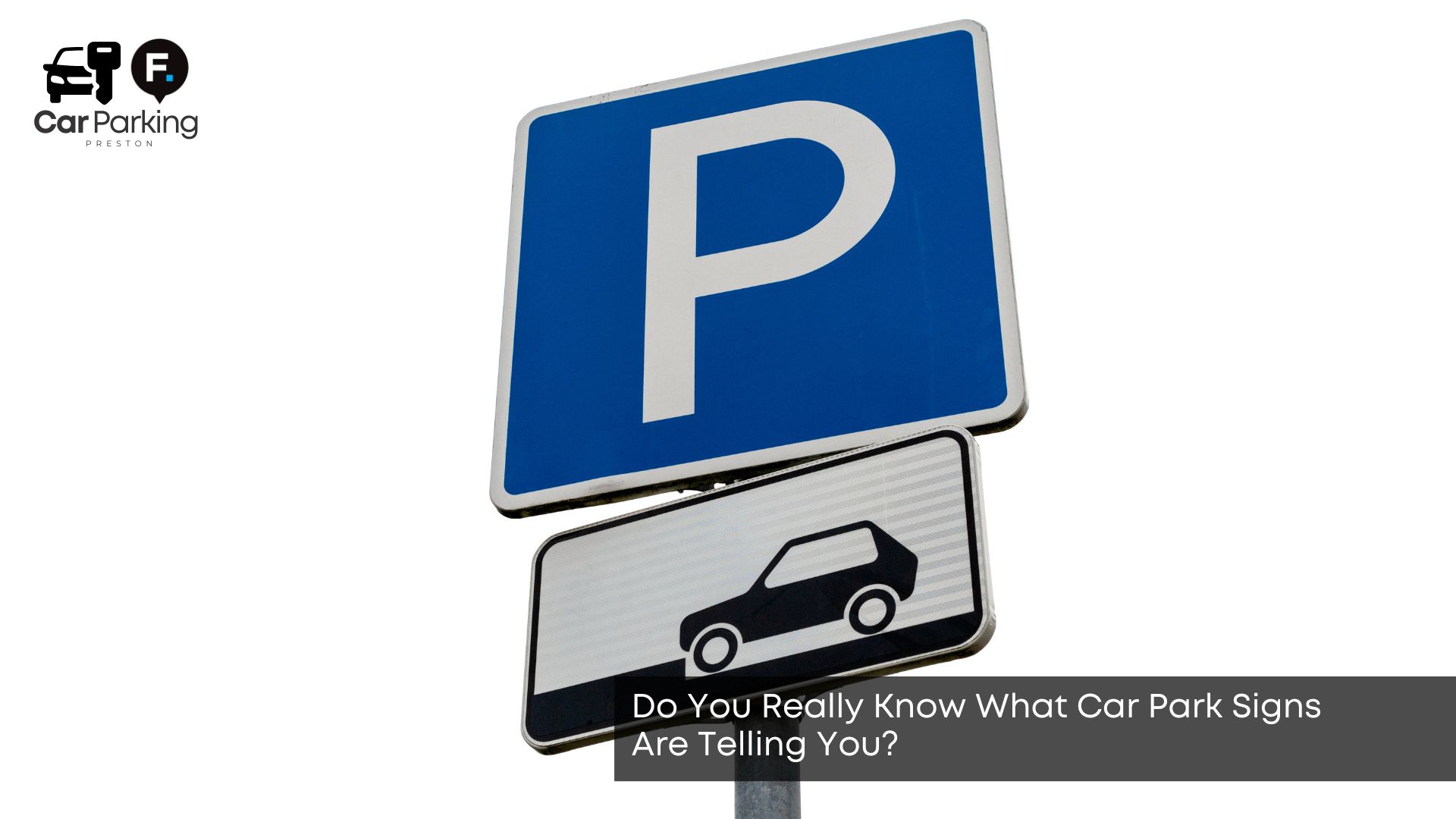Car park signs are often ignored or misread, yet they carry important information that could save you money and time. These signs explain where and how to park, when to pay, and which rules apply. If you overlook them, you risk a fine or even having your vehicle clamped. This guide breaks down what car park signs mean, so you can park with more confidence and avoid unwanted surprises.
Why Are Car Park Signs So Important?
Car park signs are important because they inform you of the parking rules and regulations. They help you know if a space is free, restricted, or requires payment. Many people assume they know what the signs mean, but even small mistakes can lead to fines. Reading signs properly also helps you find the safest parking spot. The real question is whether you can spot the most common signs and understand what they’re saying.
What Do the Most Common Car Park Signs Mean?
Most car park signs inform you about time limits, payment hours, who is allowed to park, and the type of vehicle permitted. A sign might say “Pay and Display 8 am to 6 pm”, which means you need to buy a ticket between those hours. Others may show “Permit Holders Only” or “Disabled Badge Holders Only” to reserve spaces. Arrows guide you to proper sections, and warning signs show penalties. These basics are a good starting point, but missing the details can still cause trouble.
Can You Be Fined for Misreading a Car Park Sign?
Yes, you can be fined if you misread or ignore a car park sign. Even if the mistake is small, such as overstaying by a few minutes, some car parks issue penalties. Private car park operators often use camera systems to track entry and exit times. If you don’t follow the posted terms, you may receive a penalty notice by post. These charges are legally binding if the rules were displayed, which is why it helps to spot time limits quickly.
How Can You Spot Time Limits and Parking Restrictions Quickly?
You can spot time limits and parking restrictions by looking for bold numbers, red borders, or boxed sections of the sign. These often highlight the hours when payment or restrictions are in effect. For example, “Max Stay 2 Hours” or “No Return Within 1 Hour” are clearly stated. It’s also helpful to check the small print, as conditions might change on weekends or bank holidays. The more you train your eye to scan for this info, the easier it becomes to compare signs across different car parks.
Are There Different Signs for Private and Public Car Parks?
Yes, private and public car parks often use different types of signs. Public car parks typically adhere to council regulations and employ standard symbols and terminology. Private car parks, such as those located at supermarkets or retail parks, often design their signs and may use different layouts or wording. While they must display terms clearly, they don’t always follow government sign formats. This variation means reading every sign carefully becomes even more important, especially when colour and symbols come into play.
What Do Symbols and Colours on Car Park Signs Tell You?
Symbols and colours on car park signs are used to highlight key messages at a glance. Blue often indicates general information or disabled parking, while red or yellow typically signifies restrictions or warnings. A red cross or circle may indicate ‘no stopping’ or ‘no entry’. The wheelchair symbol means accessible parking, and a ticket icon usually points to a pay machine nearby. Understanding these visual cues helps when you’re in a rush or parking in a new location. But to stay ahead of the curve, it’s wise to keep up with changing rules, too.
How Can You Stay Updated on New Car Parking Rules?
You can stay updated on car parking rules by checking the local council’s website or using a trusted parking app. These often provide updates on rule changes, new charges, and temporary closures. Some apps even let you filter car parks by restriction type or available hours. Reading news reports or subscribing to transport newsletters also helps. For the best car parking options in Preston, check reliable local services that stay up to date with rule changes. And you notice new signage at the location where you regularly park. In that case, it’s worth reviewing it carefully rather than assuming it’s the same as before.
What Should You Do If a Car Park Sign Is Unclear?
If a car park sign is unclear, take a photo of it before parking and consider choosing a different spot. It’s better to be cautious than risk a fine due to vague instructions. Some signs may be faded, covered, or poorly placed, especially in private car parks. If you do get a penalty and feel the sign was unclear, you can appeal and use your photo as evidence. Paying attention to clarity is one way to make better parking decisions overall. If you’re unsure, use this guide to find out where to park in Preston safely and legally without risking a fine.
Don’t Skip the Signs: The Quickest Way to Avoid Parking Fines
You can read car park signs clearly by scanning the entire sign, paying attention to time limits, permitted vehicle types, and any bold instructions or symbols. Always take a moment to check nearby signs in case there are additional rules or regulations. With a little practice, this becomes part of your normal routine and takes only seconds. Knowing how to read signs effectively means avoiding fines and enjoying smoother parking every day. You can also learn how to avoid a private car park fine by spotting warning signs early.


Leave a Reply